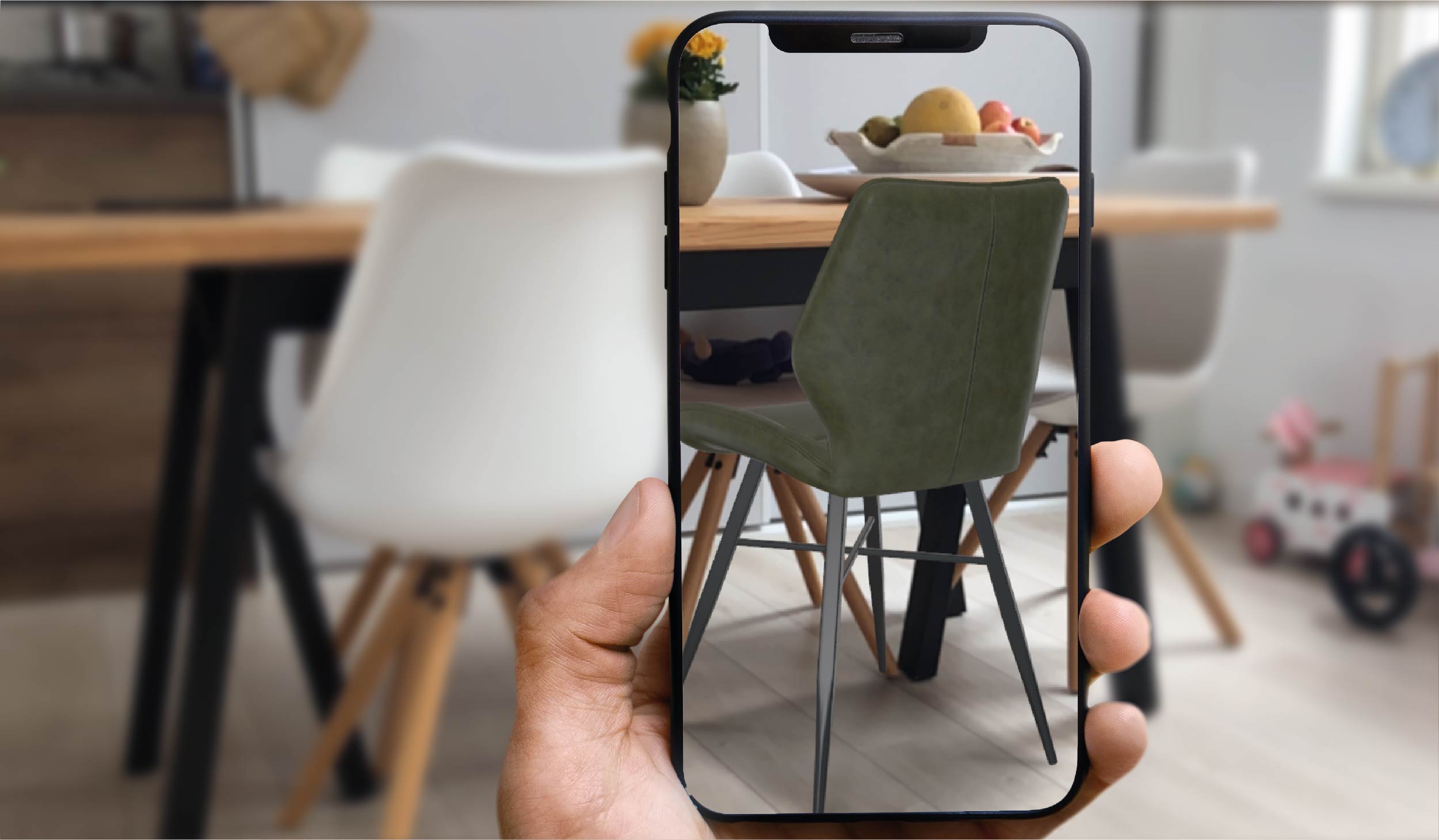What a lot of furniture manufacturers and retailers don’t know is that the future of furniture marketing is already here. Right now, Augmented Reality (AR) is changing the way consumers engage with furniture brands. In fact, thanks to tech-savvy furniture companies, they’re already familiar with using it in stores and at home.

What a lot of furniture manufacturers and retailers don’t know is that the future of furniture marketing is already here. Right now, Augmented Reality (AR) is changing the way consumers engage with furniture brands. In fact, thanks to tech-savvy furniture companies, they’re already familiar with using it in stores and at home.
However, one of the biggest barriers for people seeking a new furniture product for their home is how it will look in context. They can see the furniture item, and they can see their home. But they can’t see the two together until the product arrives. AR changes that. Here’s how.
Augmented Reality: The Ideal Marketing Tool
How many times have you shopped for a product for your home and thought: I like the product, but how will it look in my home? It’s guess work. No one really knows. But for larger pieces of furniture and big ticket items, getting them home – only to have to send them back again – is a hassle most people could do without.
Many companies already use 3D models of their products to show customers what different variations will look like. So the next logical step is to provide customers with a tool for placing those 3D models in the context of their home, so they can be sure it fits in terms of size, color and style. This enables customers to get as close as possible to the product without making a purchase. They can even use specially created AR filters on Instagram to quickly play around with a particular furniture item in their home.
For manufacturers, it’s also a great way to get furniture dealers engaged with the product line, offering AR as a service to help improve customer awareness of what’s available and how it would look in their home.
Helping a customer overcome their doubts about how an item will look naturally leads to increased buyer confidence and ultimately more conversions.
In fact, research in the US reveals that 60% of consumers want to use AR to shop for furniture.